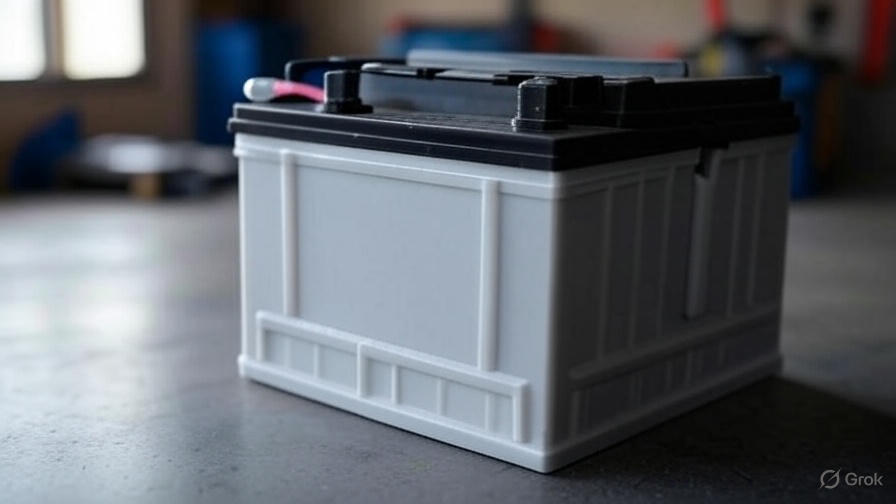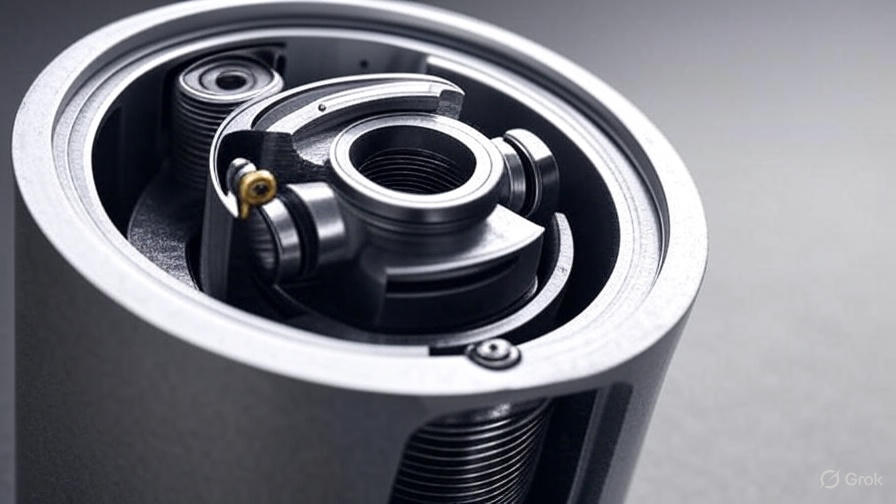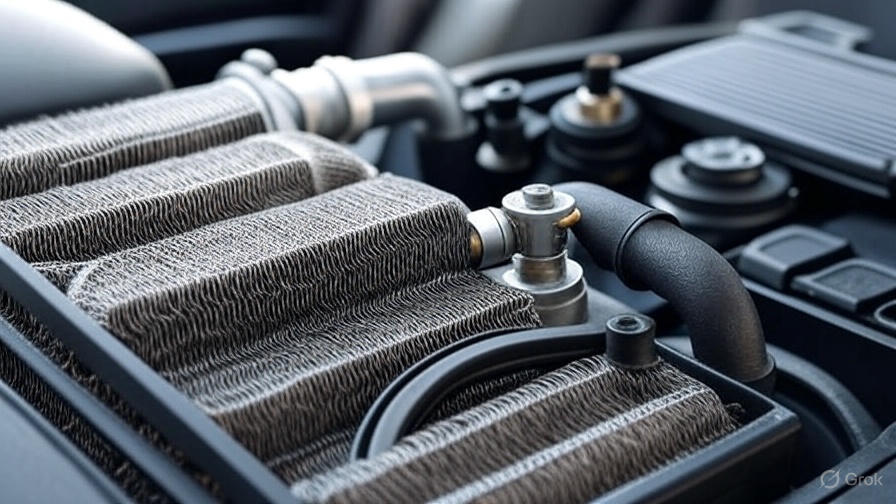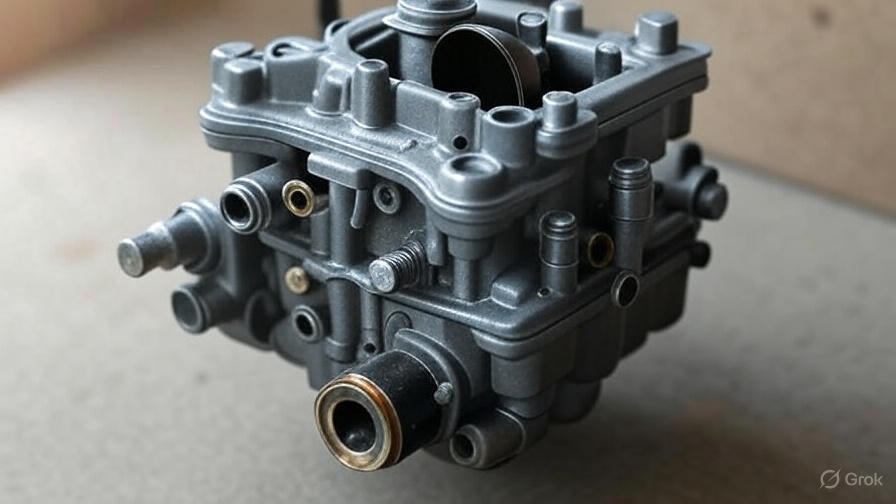Every time you turn your car key or press the start button, you rely on a remarkable piece of technology that most drivers take for granted. Your car battery serves as the heart of your vehicle’s electrical system, powering everything from the engine startup to the headlights, radio, and air conditioning. But how exactly does this essential component work?
Today, we’ll explore the fascinating world of automotive batteries, breaking down their inner workings in simple terms that anyone can understand. By the end of this guide, you’ll have a clear grasp of battery chemistry, electrical processes, and maintenance tips that can save you money and frustration down the road.
The Basic Science Behind Car Batteries
Car batteries operate on a straightforward principle: they convert chemical energy into electrical energy through a process called electrochemical reaction. Most automotive batteries use lead-acid technology, which has powered vehicles for over a century due to its reliability and cost-effectiveness.
Inside your battery, chemical reactions create electrical current by moving electrons from one terminal to another. This process happens when lead plates interact with sulfuric acid electrolyte, generating the power your car needs to start and run various systems.
The beauty of this system lies in its reversibility. When your engine runs, the alternator reverses the chemical process, converting mechanical energy back into chemical energy and recharging the battery for future use.
Inside the Battery: Components and Structure
Battery Cells and Voltage Production
A standard car battery contains six individual cells, each producing approximately 2.1 volts. These cells connect in series to create the familiar 12-volt output that powers your vehicle. Each cell operates independently, but they work together to provide consistent electrical power.
The cells sit in a sturdy plastic case that protects them from vibration, temperature changes, and physical damage. This case also contains the electrolyte solution and prevents dangerous acid leaks that could damage your vehicle or harm you during maintenance.
Lead Plates: The Power Generators
Each cell contains positive and negative lead plates that serve as electrodes. The positive plates contain lead dioxide (PbO2), while the negative plates consist of pure lead (Pb). These plates alternate throughout each cell, creating multiple reaction sites that increase the battery’s power output.
Separators made of porous material keep the plates from touching while allowing electrolyte to flow freely between them. This design prevents short circuits while maintaining the chemical reactions needed for power generation.
Electrolyte Solution: The Chemical Medium
The electrolyte solution consists of sulfuric acid mixed with distilled water. This mixture provides the medium through which chemical reactions occur and ions move between the plates. The acid concentration affects both the battery’s performance and its ability to resist freezing in cold weather.
Modern maintenance-free batteries seal this electrolyte inside the case, eliminating the need for regular water additions that older batteries required. However, the chemical processes remain the same regardless of the battery design.
The Chemical Reaction Process
Discharge: Converting Chemistry to Electricity
When you start your car or use electrical accessories, the battery begins its discharge process. The lead dioxide on the positive plates reacts with the sulfuric acid electrolyte, creating lead sulfate and releasing electrons. Simultaneously, the pure lead on the negative plates also reacts with the acid, forming lead sulfate and consuming electrons.
This electron flow from negative to positive creates the electrical current that powers your vehicle. The reaction continues as long as you draw power from the battery, gradually converting the lead compounds on both plates into lead sulfate.
During discharge, the electrolyte becomes more diluted as the sulfuric acid gets consumed in the chemical reactions. This dilution reduces the solution’s specific gravity, which technicians can measure to determine the battery’s state of charge.
Recharge: Restoring Chemical Energy
When your alternator charges the battery, it reverses the discharge process by applying electrical current to the battery terminals. This forced current drives the chemical reactions backward, converting the lead sulfate back into lead dioxide on the positive plates and pure lead on the negative plates.
The charging process also restores the sulfuric acid concentration in the electrolyte, bringing the solution back to its original strength. This restoration of chemical composition returns the battery to its full capacity, ready to provide power when needed.
Temperature affects both charging and discharging efficiency. Cold weather slows chemical reactions, reducing battery capacity, while excessive heat can accelerate degradation and shorten battery life.
Battery Performance Factors
Cold Cranking Amps (CCA)
Cold cranking amps measure a battery’s ability to start an engine in cold weather. This rating indicates how many amps the battery can deliver for 30 seconds at 0°F while maintaining at least 7.2 volts. Higher CCA ratings mean better starting performance in winter conditions.
Your vehicle’s engine size and type determine the minimum CCA requirements. Larger engines need more power to turn over, especially when thick, cold oil creates additional resistance. Diesel engines typically require higher CCA ratings than gasoline engines due to their higher compression ratios.
Reserve Capacity
Reserve capacity measures how long a battery can power essential systems if the alternator fails. This rating represents the minutes a fully charged battery can deliver 25 amps before dropping to 10.5 volts. Higher reserve capacity provides longer emergency power during alternator failures or extended periods with the engine off.
This measurement becomes crucial during emergencies when you need to run hazard lights, radio, or other safety equipment without the engine running. A battery with good reserve capacity can keep these systems operational long enough to reach help or make repairs.
Amp-Hour Rating
The amp-hour rating indicates the total amount of energy a battery can store and deliver over time. This measurement tells you how many amps the battery can provide for one hour before reaching its minimum voltage threshold. Deep-cycle batteries typically have higher amp-hour ratings than starting batteries.
Different applications require different amp-hour capacities. Vehicles with numerous electrical accessories need batteries with higher amp-hour ratings to handle the increased power demands without depleting the battery too quickly.
Types of Car Batteries
Flooded Lead-Acid Batteries
Traditional flooded batteries contain liquid electrolyte that can be accessed through removable caps. These batteries require periodic maintenance, including checking electrolyte levels and adding distilled water as needed. They offer excellent performance at a lower cost but need regular attention to maintain optimal function.
Flooded batteries work well in most climates and applications. They handle deep discharge cycles better than some sealed designs and can be reconditioned if properly maintained. However, they require upright installation and adequate ventilation to prevent gas buildup.
Absorbent Glass Mat (AGM) Batteries
AGM batteries use fiberglass mats to absorb and hold the electrolyte against the plates. This design eliminates liquid electrolyte while maintaining the same chemical processes. AGM batteries offer superior vibration resistance, faster charging, and maintenance-free operation.
These batteries work exceptionally well in vehicles with start-stop systems or extensive electrical accessories. They handle frequent charging cycles better than flooded batteries and provide consistent performance throughout their lifespan. However, they cost more than traditional flooded batteries.
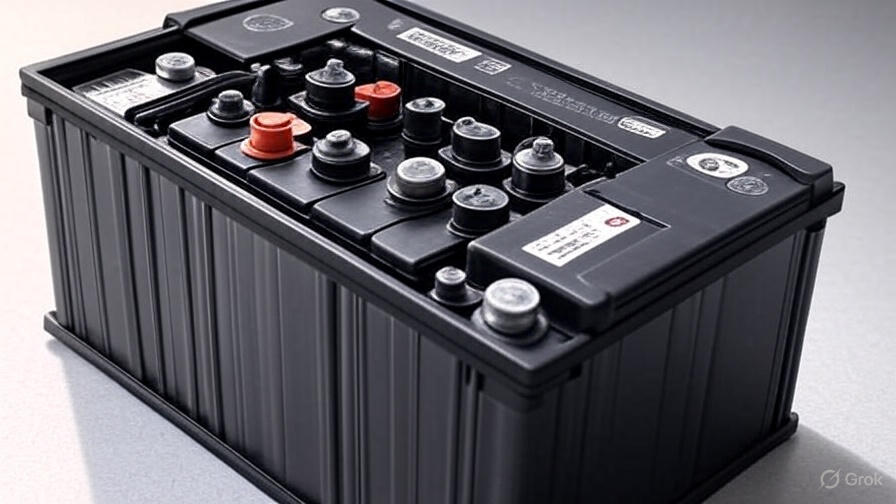
Gel Batteries
Gel batteries use silica to thicken the electrolyte into a gel-like consistency. This design prevents spillage and reduces gassing during charging. Gel batteries excel in deep-cycle applications and provide excellent performance in extreme temperatures.
While gel batteries offer long life and excellent deep-discharge recovery, they require specific charging parameters to prevent damage. They work best in applications where the charging system can accommodate their unique requirements.
Signs of Battery Problems
Slow Engine Cranking
When your engine cranks slowly or struggles to start, your battery may be losing capacity. This symptom often appears gradually as the battery ages and its ability to hold charge diminishes. Cold weather can make slow cranking more noticeable, but the problem typically persists in warmer conditions if the battery is failing.
Pay attention to how your engine sounds during startup. A healthy battery should provide strong, consistent cranking power. If you notice the engine turning over more slowly than usual, test your battery’s condition before it fails completely.
Dim Headlights and Interior Lights
Dim lighting often indicates insufficient battery voltage or poor electrical connections. When your battery can’t provide adequate power, lights appear dimmer than normal, especially when the engine isn’t running. This symptom may worsen when you use multiple electrical accessories simultaneously.
Check your headlights’ brightness when the engine is off versus when it’s running. If they brighten significantly with the engine running, your battery may not be holding sufficient charge to power the electrical system effectively.
Dashboard Warning Lights
Modern vehicles monitor battery and charging system performance through sophisticated computer systems. Warning lights on your dashboard can indicate battery problems, alternator issues, or other electrical system malfunctions. Don’t ignore these warnings, as they often predict imminent failures.
The battery warning light specifically indicates charging system problems. This light may illuminate due to battery failure, alternator problems, or loose connections. Address these warnings promptly to prevent being stranded with a dead battery.
Electrical System Malfunctions
Battery problems can cause various electrical system issues, including radio preset loss, clock resets, and power accessory malfunctions. These symptoms indicate that your battery isn’t maintaining proper voltage levels when the engine is off.
Modern vehicles rely heavily on electrical systems for everything from fuel injection to emission controls. A failing battery can cause intermittent problems that are difficult to diagnose without proper testing equipment.
Battery Maintenance and Care
Regular Cleaning
Keep your battery terminals clean and free from corrosion. White, powdery buildup around the terminals indicates acid corrosion that can interfere with electrical connections. Clean terminals with a mixture of baking soda and water, then rinse thoroughly and dry completely.
Apply a thin layer of petroleum jelly or terminal protectant to clean terminals to prevent future corrosion. This simple maintenance step can extend battery life and prevent electrical problems caused by poor connections.
Proper Charging Habits
Avoid letting your battery discharge completely whenever possible. Deep discharges stress the battery and can reduce its lifespan. If you must store a vehicle for extended periods, use a battery tender or trickle charger to maintain proper charge levels.
Short trips don’t allow the alternator sufficient time to fully recharge the battery. Take longer drives periodically to ensure your battery maintains full charge, especially during winter months when electrical demands are higher.
Temperature Considerations
Extreme temperatures affect battery performance and lifespan. Park in shaded areas during hot weather and consider using an engine block heater in extremely cold climates. These precautions help maintain optimal battery temperature and performance.
Insulation blankets can help protect batteries from temperature extremes in harsh climates. However, ensure adequate ventilation around the battery to prevent gas buildup and overheating during charging.
Testing Your Battery
Voltage Testing
Use a digital multimeter to check your battery’s voltage with the engine off. A fully charged battery should read approximately 12.6 volts. Readings below 12.4 volts indicate a discharged battery that needs charging or replacement.
Test voltage again with the engine running. The reading should increase to 13.5-14.5 volts, indicating proper alternator function. If the voltage doesn’t increase with the engine running, you may have alternator problems rather than battery issues.
Load Testing
Load testing determines how well your battery performs under actual operating conditions. Professional load testers apply a controlled electrical load while monitoring voltage drop. This test reveals weak batteries that may still show proper voltage without load.
Many auto parts stores offer free battery testing services using professional-grade equipment. These tests provide accurate assessments of battery condition and remaining life expectancy.
Specific Gravity Testing
For flooded batteries, you can test electrolyte specific gravity using a hydrometer. This test measures the acid concentration in each cell, revealing the battery’s state of charge and overall health. Significant variations between cells indicate internal problems.
Specific gravity readings should be consistent across all cells. Large variations suggest cell failure or electrolyte loss that requires attention or battery replacement.
Troubleshooting Common Issues
Battery Won’t Hold Charge
If your battery won’t hold charge, first verify that your alternator is working properly. A faulty alternator won’t recharge the battery, causing it to discharge completely. Test the charging system before replacing the battery.
Parasitic drains can also prevent proper charging. Electrical accessories that remain on when the vehicle is off can slowly discharge the battery. Identify and repair these drains to restore normal battery function.
Rapid Battery Failure
Excessive heat, overcharging, or vibration can cause premature battery failure. Check that your battery is securely mounted and properly ventilated. Verify that your charging system isn’t overcharging the battery, which can damage internal components.
Frequent deep discharges also shorten battery life. If you regularly drain your battery by leaving lights on or using accessories with the engine off, consider upgrading to a deep-cycle battery designed for such applications.
When to Replace Your Battery
Age Considerations
Most car batteries last 3-5 years under normal conditions. Keep track of your battery’s age and plan for replacement before it fails completely. Proactive replacement prevents inconvenient breakdowns and potential damage to other electrical components.
Extreme climates can shorten battery life significantly. Hot climates accelerate chemical reactions and increase water loss, while cold climates reduce capacity and increase starting demands. Adjust your replacement schedule accordingly.
Performance Indicators
Replace your battery when it consistently fails to start your vehicle reliably or requires frequent jump-starts. Don’t wait until complete failure, as this can leave you stranded at the worst possible time.
Slow cranking, dim lights, and electrical system problems all indicate declining battery performance. Address these symptoms promptly to maintain vehicle reliability and prevent more expensive repairs.
Conclusion
Your car battery represents a fascinating blend of chemistry and engineering that provides reliable power for your vehicle’s electrical systems. By converting chemical energy into electrical energy through lead-acid reactions, your battery starts your engine and powers countless accessories that make driving comfortable and safe.
Regular maintenance, proper testing, and timely replacement ensure your battery continues providing dependable service throughout its lifespan. Pay attention to warning signs like slow cranking, dim lights, and electrical problems that indicate declining battery health.
The knowledge you’ve gained about battery operation, maintenance, and troubleshooting will help you make informed decisions about your vehicle’s electrical system. Remember that a well-maintained battery not only starts your car reliably but also supports the complex electronic systems that modern vehicles depend on.
With proper care and attention, your car battery will serve you faithfully for years, providing the electrical power that keeps you moving safely down the road. Take the time to understand and maintain this crucial component, and you’ll enjoy trouble-free driving for many miles to come.
